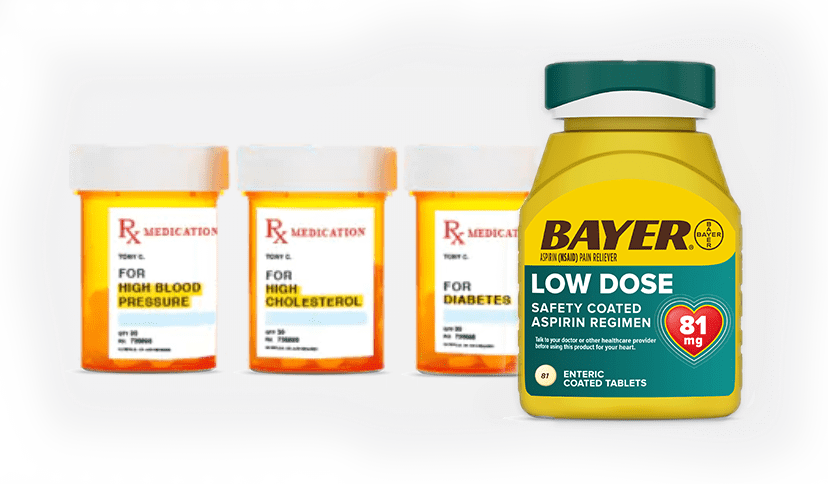FIND JOY IN MOVING
While some of us can’t imagine missing a day at the gym, others struggle with the “work” in “workout.” And when you’re recovering from a stroke or caring from someone who is, stroke recovery exercises that are actually enjoyable can be challenging to think about – let alone do.
Your doctor may want you to focus on certain kinds of stroke recovery exercises and activities to help you regain what you lost in your stroke. He or she also knows you’re more likely to stick with it if it’s enjoyable, and having a conversation about your options helps you begin well.
GARDENING
Yes, gardening! It’s one of those activities for stroke patients that some people overlook. Truth is, it takes coordination, balance and stamina to keep your yard looking beautiful – not to mention the sense of accomplishment you gain from knowing it’s because of your effort.
TAI CHI
This ancient martial art helps many stroke survivors regain balance and range of motion. You can take a class or look for DVDs or online videos that can help get you started, but even mimicking those slow, deliberate tai chi-like movements on your own may help.
YOGA
Because it concentrates on stretching in specific ways, yoga is among the list of stroke exercises that helps survivors regain balance and flexibility.
DANCING
From two-stepping to waltzing, from cha-cha to ballroom – or even simply shaking your hips as the music moves you, dancing can be a lot of fun. And you can do it just about anywhere!
The best part: it’s one of the best activities for stroke patients because doing it with a partner means you’re more likely to stick to it.
Even if you don’t think you have the moves, remember the goal here is to get moving and enjoy doing it.
WALKING
It’s not complicated, and it can make for an enjoyable time, especially when you partner up with someone. Some stroke survivors join “mall walking” clubs, which has the added benefit of safety. But walking alone can be a good way to take a break from the day-to-day as well, especially if you bring your favorite tunes along.
Even taking the dog around the block for a stroll can be a way to reconnect with your best friend – Fido needs his exercise, too!
Whatever you decide to do, remember the goal: simple, healthy movements. And be sure to consult your doctor before you start any exercise program.

MANAGING RISK:
WHY PRESCRIPTION MEDICATIONS MAY NOT BE ENOUGH
If you take prescription medications for high blood pressure, high cholesterol, and diabetes, they may not be enough to protect your heart. Talk to your doctor about whether these medications are enough for you and whether adding an aspirin regimen can help further reduce the risk of another heart attack or clot-related (ischemic) stroke.
Aspirin is not appropriate for everyone, so be sure to talk to your doctor before you begin an aspirin regimen.
Aspirin regimen products for recurrent stroke prevention
Aspirin is not appropriate for everyone, so be sure to talk to your doctor before you begin an aspirin regimen.








